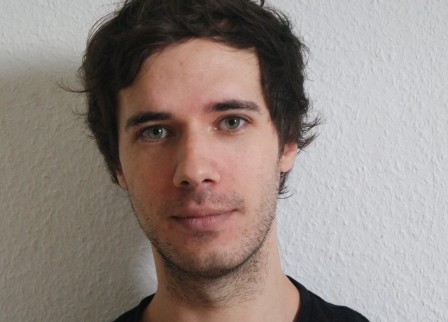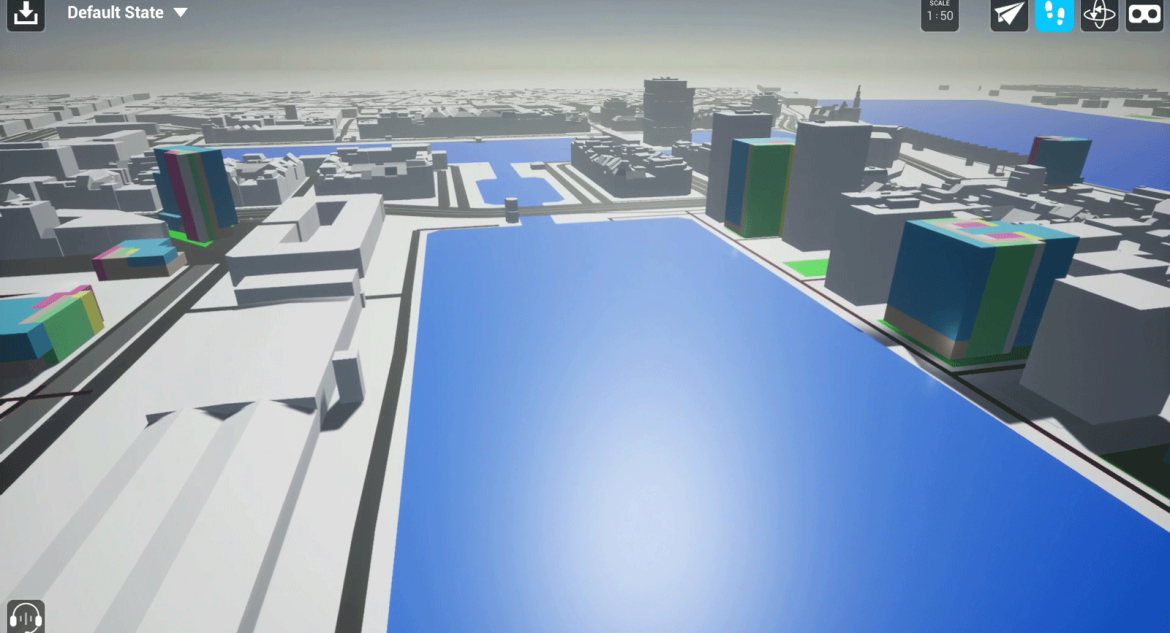[1] T. Kopinski, S. Geisler, and U. Handmann, “Contactless interaction for automotive applications,” Mensch & Computer 2013-Workshopband, 2013.
[2] T. Kopinski, A. Gepperth, S. Geisler, and U. Handmann, “Neural network based data fusion for hand pose recognition with multiple tof sensors,” ICANN, 2014.
[3] T. Kopinski, S. Geisler, and U. Handmann, “Demonstrator f¨ur ein handgestenbasiertes interaktionskonzept im automobil,” in Mensch & Computer 2014–Workshopband: 14. Fachübergreifende Konferenz für Interaktive und Kooperative Medien–Interaktiv unterwegs-Freiräume gestalten, p. 205, Walter de Gruyter GmbH & Co KG, 2014.
[4] T. Kopinski, D. Malysiak, A. Gepperth, and U. Handmann, “Time-offlight based multi-sensor fusion strategies for hand gesture recognition,” in Computational Intelligence and Informatics (CINTI), 2014 IEEE 15th International Symposium on, IEEE, 2014.
[5] M. Lefort, T. Kopinski, and A. Gepperth, “Multimodal space representation driven by self-evaluation of predictability,” in ICDL-EPIROB-The fourth joint IEEE International Conference on Development and Learning and on Epigenetic Robotics, 2014.
[6] T. Kopinski, S. Geisler, L.-C. Caron, A. Gepperth, and U. Handmann, “A real-time applicable 3d gesture recognition system for automobile hmi,” in Intelligent Transportation Systems (ITSC), 2014 IEEE 17th International Conference on, pp. 2616–2622, IEEE, 2014.
[7] T. Kopinski, A. Gepperth, and U. Handmann, “A simple technique for improving multi-class classification with neural networks,” ESANN, 2015.
[8] T. Kopinski, S. Magand, A. Gepperth, and U. Handmann, “A light-weight real-time applicable hand gesture recognition system for automotive applications,” in Intelligent Vehicles Symposium (IV), 2015 IEEE, pp. 336–342, IEEE, 2015.
[9] T. Kopinski, S. Magand, U. Handmann, and A. Gepperth, “A pragmatic approach to multi-class classification,” in Neural Networks (IJCNN), 2015 International Joint Conference on, pp. 1–8, IEEE, 2015.
[10] T. Kopinski, A. Gepperth, and U. Handmann, “A real-time applicable dynamic hand gesture recognition framework,” in Intelligent Transportation Systems (ITSC), 2015 IEEE 18th International Conference on, pp. 2358–2363, IEEE, 2015.
[11] T. Kopinski and U. Handmann, “Touchless interaction for future mobile applications,” in Computing, Networking and Communications (ICNC), 2016 International Conference on, pp. 1–6, IEEE, 2016.
[12] T. Kopinski, A. Gepperth, and U. Handmann, “A time-of-flight-based hand posture database for human-machine interaction,” in International Conference on Automation, Robotics and Computer Vision. IEEE, 2016.
[13] T. Kopinski, F. Sachara, A. Gepperth, and U. Handmann, “A deep learning approach for hand posture recognition from depth data,” in International Conference on Artificial Neural Networks, pp. 179–186, Springer, 2016.
[14] T. Kopinski, F. Sachara, and U. Handmann, “A deep learning approach to mid-air gesture interaction for mobile devices from time-of-flight data,” in Proceedings of the 13th International Conference on Mobile and Ubiquitous Systems: Computing, Networking and Services, pp. 1–9, ACM, 2016.
[15] T. Kopinski, J. Eberwein, S. Geisler, and U. Handmann, “Touch versus mid-air gesture interfaces in road scenarios-measuring driver performance degradation,” in Intelligent Transportation Systems (ITSC), 2016 IEEE 19th International Conference on, pp. 661–666, IEEE, 2016.
[16] T. Kopinski, Neural Learning Methods for Human-Computer Interaction. PhD thesis, Université Paris-Saclay, 2016.
[17] F. Sachara, F. Handmann, N. Cremer, T. Kopinski, A. Gepperth, and U. Handmann, “A large-scale multi-pose 3d-rgb object database,” in Neural Networks (IJCNN), 2017 International Joint Conference on, pp. 1326–1332, IEEE, 2017.
[18] T. Kopinski, “Dynamic hand gesture recognition for mobile systems using deep lstm,” in Intelligent Human Computer Interaction: 9th International Conference, IHCI 2017, Evry, France, December 11-13, 2017, Proceedings, vol. 10688, p. 19, Springer, 2017.
[19] F. Sachara, T. Kopinski, A. Gepperth, and U. Handmann, “Free-hand gesture recognition with 3d-cnns for in-car infotainment control in real-time,” in Intelligent Transportation Systems (ITSC), 2017 IEEE 20th International Conference on, pp. 959–964, IEEE, 2017.
[20] A. Gepperth, A. Sarkar, and T. Kopinski, “An energy-based convolutional som model with self-adaptation capabilities,” in International Conference on Artificial Neural Networks, pp. 422–433, Springer, 2018.
[21] N. Zengeler, T. Kopinski, and U. Handmann, “Hand gesture recognition in automotive human–machine interaction using depth cameras,” Sensors, vol. 19, no. 1, p. 59, 2019.
[22] T. Kopinski, R. Luz Y Graf, F. Neubürger, T. Zabel, and J. Stadler, “A machine learning approach for object detection from image data in crash test applications,” in Crash Tech, Crash Tech, 2020.
[23] F. Neubürger, Y. Saeid, and T. Kopinski, “Variational-autoencoder architectures for anomaly detection in industrial processes,” in ICDM, ICDM, 2021.
[24] A. Gepperth and T. Kopinski, “Gesture mnist: A new free-hand gesture dataset,” in Neural Networks (IJCNN), 2022 International Joint Conference on, IEEE, 2022 - eingereicht.
[25] F. Neubürger, J. Arens, M. Vollmer, T. Kopinski, M.Hermes "Coupled Finite-Element-Method-Simulations for Real-Time-Process Monitoring in Metal Forming digital-twins", Proceedings of the 10th International Conference on Control, Mechatronics and Automation (ICCMA 2022).
[26] D. Gierse, F. Neubürger, and T. Kopinski, “Deep learning fusion techniques for robust object detection,” in Proceedings of the Northern Lights Deep Learning Workshop 2023. ..., 2023 - eingereicht.
[27] Y. Saeid, F. Neubürger, and T. Kopinski, “Synchronized vqgan - a novel technique for high-resolution image creation,” in European conference on computer vision, p. ..., Springer, 2022 - Einreichung geplant.






